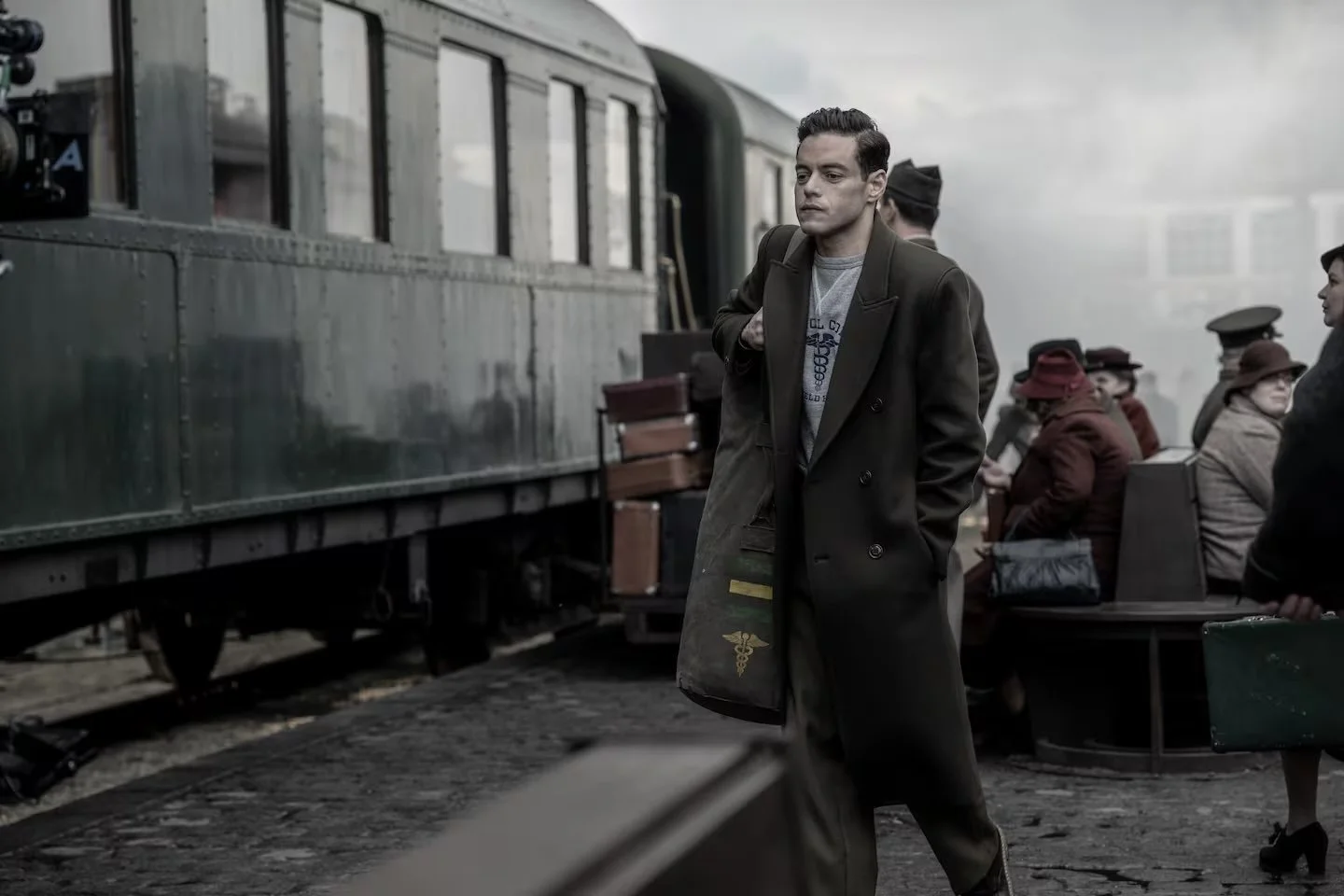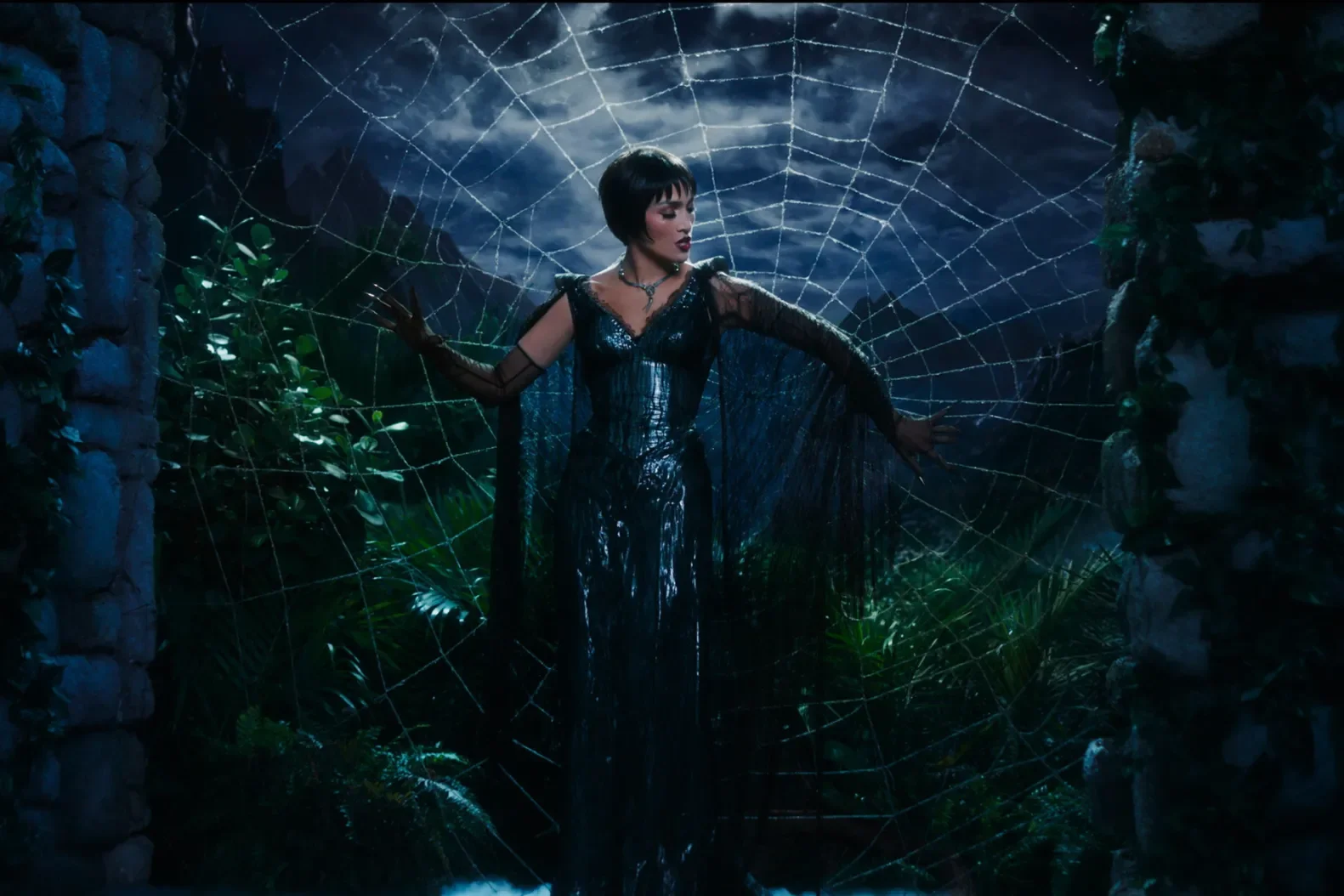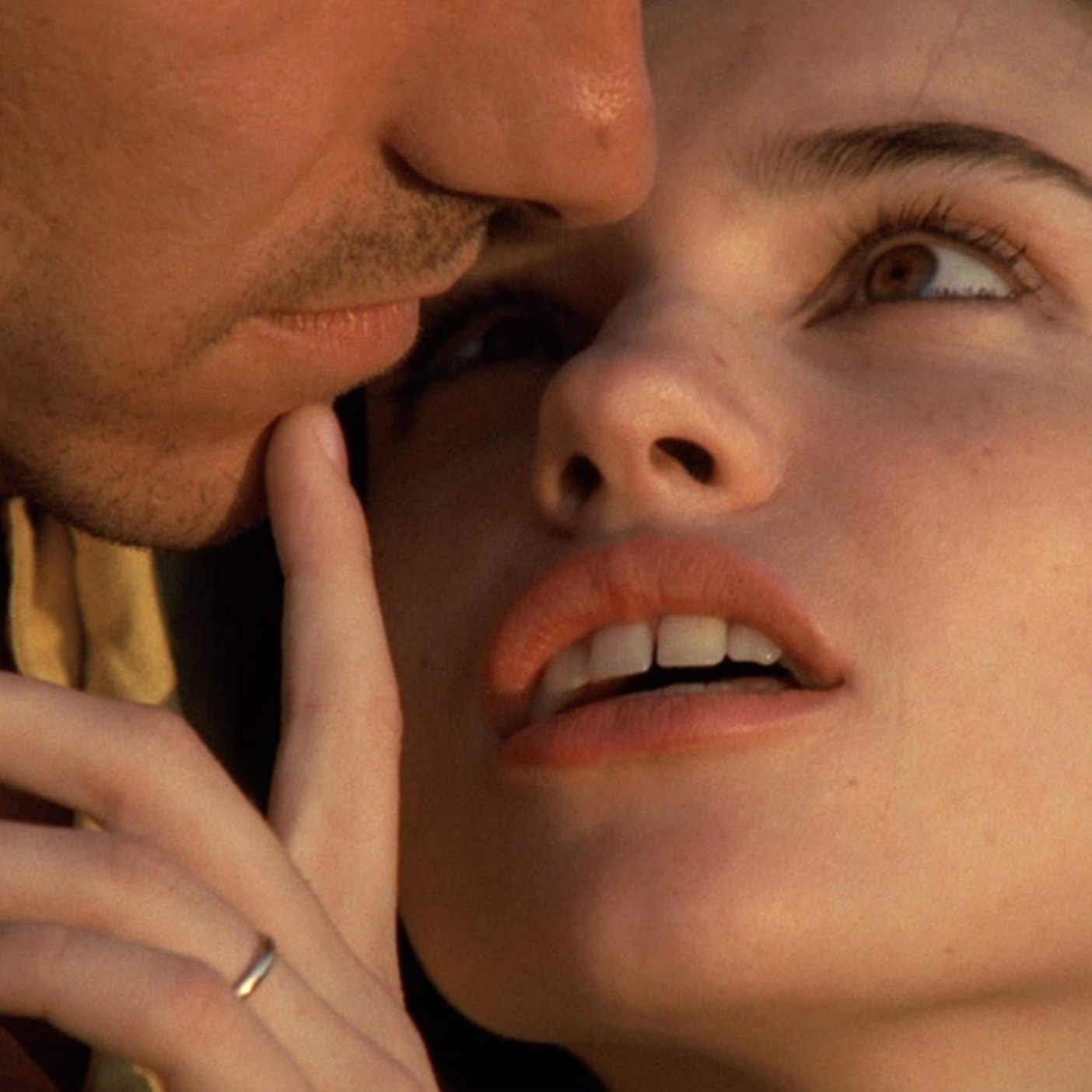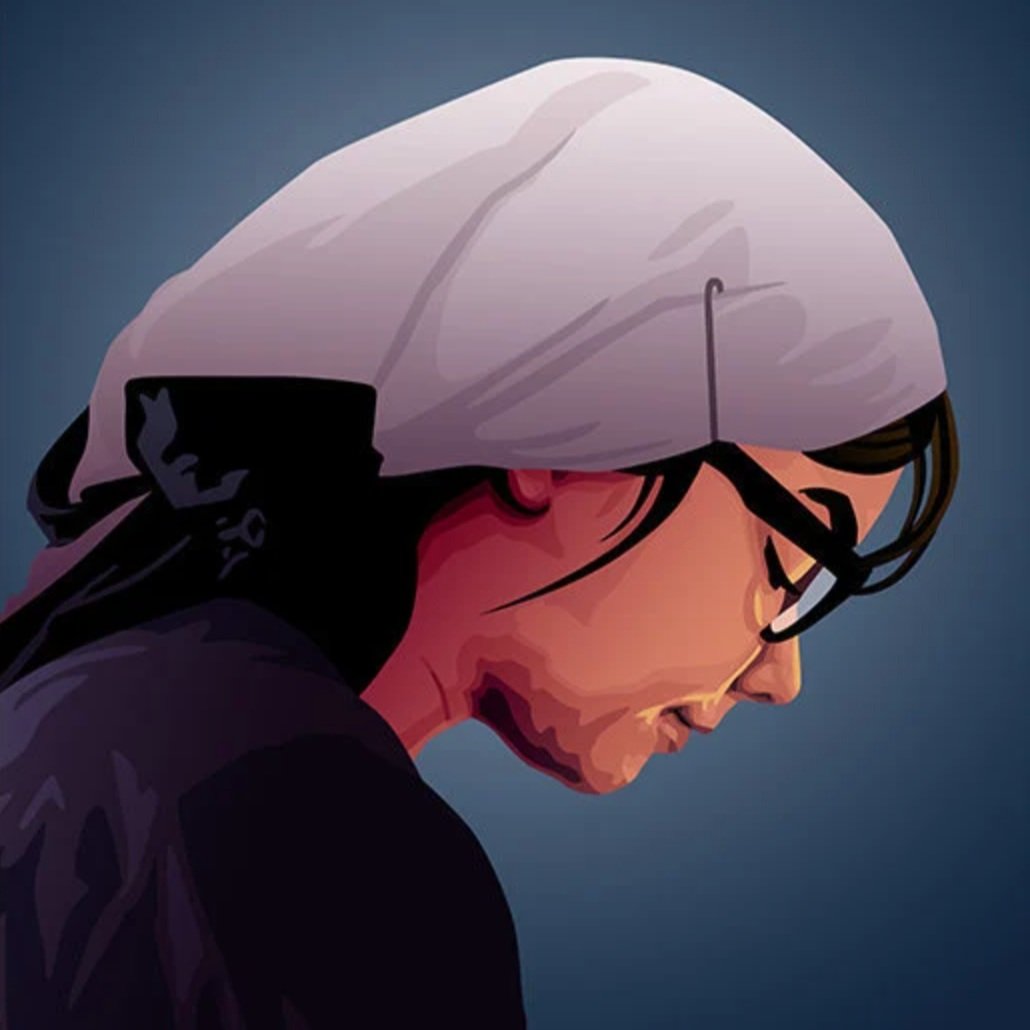A Beginner's Guide to the French New Wave
When thinking about the movements that have most thoroughly revolutionized the film medium, the French New Wave (la Nouvelle Vague) reigns supreme. Prior to the movement, which took place from the late 1950s to the early 1960s, the Hollywood studio system held strong influence in France, where continuity editing and recycled sets were the norm. The productions weren’t exactly Fordian, but they leaned closer to industry than democratization. However, the New Wave was a radical departure from conventional filmmaking. Utilizing jump cuts and location shooting on a yet-unseen scale, the movement prioritized low-budget, singular films that allowed creatives to break out of the confines of the studio system. New Wave films were further proof for domestic and international audiences that film was more than mere entertainment. Unfortunately, as a result of the movement’s drastic departure from mainstream filmmaking, it can be difficult to become acquainted with its (often intentionally) distant films. As a remedy to this issue of accessibility, I’ve assembled a “beginner’s guide” to the French New Wave, designed to introduce a newcomer to its most vital statements, directors, and actors through some of its most important and accessible films.
1. The 400 Blows (François Truffaut, 1959)
The 400 Blows is perhaps the most accessible and immediately moving statement of the French New Wave. Centered on Antoine Doinel, a young boy played brilliantly by Jean-Pierre Léaud, the film chronicles his struggles against the authoritarian regimes of his parents and teachers, based somewhat on director François Truffaut’s own childhood. One of the earlier films of the movement, the lack of a traditional narrative arc gives The 400 Blows an emotional resonance that can’t be found in traditional conflict-resolution stories. The ambiguous ending remains one of the most haunting images I’ve seen in a film. The realistic depiction of childhood is quite naturalistic, but that’s not to say the script is anything but witty and well-paced. I can’t imagine a better first film for an encounter with the French New Wave.
2. Hiroshima, Mon Amour (Alain Resnais, 1959)
Moving on from the relatively accessible 400 Blows, I wanted to include a film that showcases the more experimental side of the movement. Thematically focused on romance and memory, Hiroshima, Mon Amour tells the story of a brief affair between a Japanese architect and a French actress as they discuss how the bombing of Hiroshima impacted their lives. The film is quite disorienting, using both non-linear storytelling and a myriad of flashbacks to explore the connections between personal and national histories through the lens of romance. It’s a stark contrast to the auto-biographical leanings of The 400 Blows, but, with both films released in 1959 at the beginning of the movement, Hiroshima is a testament to the ambition and thematic depth of the French New Wave. Even in its earliest years, its filmmakers were producing groundbreaking features about both the daily lives of children and the ramifications of global conflicts.
3. Breathless (Jean-Luc Godard, 1960)
Perhaps the most iconic and internationally-recognized New Wave film, Breathless is one of the more formally shocking movies of the era. Utilizing a frenetic mixture of jump cuts, shaky handheld cameras, and improvised dialogue, Breathless features a raw and spontaneous energy that is rarely seen in film - an art form often noted for its meticulous detail and care. Though the story, which takes inspiration from Hollywood noir, is interesting in its own right, it’s the editing and cinematography that really shine here. There’s a sense of freedom to the films of Jean-Luc Godard (one of the canonical New Wave directors), and, contrary to its title, watching Breathless feels like a breath of fresh air. Even over 60 years later, the innovation still feels new and groundbreaking. This is one of those films that will forever stand as a testament to the capital-C “Craft” of cinema.
4. The Pier (Chris Marker, 1962)
Perhaps placing a short film on a list such as this is unorthodox, but any introduction to the French New Wave would be incomplete without a Chris Marker film. Composed almost entirely of black-and-white still photographs, The Pier tells a haunting story of memory, connection, and time travel, taking a turn into speculative fiction not often represented in the New Wave. This short film would later serve as the basis for Terry Gilliam’s excellent 12 Monkeys. While other films from the New Wave break cinematic conventions in a myriad of ways, few are so radical as to entirely forgo motion - arguably the foundation of film. But Marker’s unbroken montage is no less successful in constructing a moving time-travel narrative than, say, Back to the Future. That he manages to do so with only still images and voiceover is a testament to the innovative power clear across his filmography.
5. Last Year at Marienbad (Alain Resnais, 1961)
Turning back to feature-lengths, we encounter a second film from Alain Resnais. Continuing his streak of enigmatic and highly stylized films (stark figures arranged like statues in a geometric garden), Last Year at Marienbad features some of the most striking set design of the French New Wave. Taking place in a labyrinthine château, the geography of the film is amorphous, never seeming to remain consistent across sequences or even within individual scenes. This local ambiguity lends itself to creating a dreamlike, fantastical atmosphere for Resnais’ meditations on memory and love. Utilizing some beautiful tracking shots, Last Year at Marienbad is an essential film for the New Wave in its unconventional construction.
6. Pierrot le Fou (Jean-Luc Godard, 1965)
Arriving at another film from the French New Wave’s most iconic director, Pierrot le Fou is quintessential Godard. Though ostensibly a road movie and (evidently!) more visually vibrant than other New Wave films, don’t expect something conventional here. Godard does away almost entirely with narrative coherence, instead crafting fragments and self-aware vignettes that feel closer to a collage than a traditional plot. The film’s focus on the characters’ departure from conventional life reflects Godard’s own break from cinematic norms. It’s a beautiful marriage of content and form, and one of the most kinetic, exciting films of the movement. There are even a few musical numbers - what more could you ask for?
7. Jules and Jim (François Truffaut, 1962)
Another film on the more playful side of the New Wave, Jules and Jim covers decades in the lives of the eponymous two friends and how their paths intersect with that of a woman named Catherine. This isn’t a typical love triangle story, but a more nuanced exploration of the lines between friendship and romance and how both are affected by the passage of time. Truffaut’s filmmaking here is immediate and alive. The film is rife with wonderful montages, playful pans, and even a few freeze frames. Don’t let the flashy editing trick you into thinking Jules and Jim is superficial, though; beneath the joyous surface is a poignant and bittersweet meditation on what connects us.
8. Cléo from 5 to 7 (Agnès Varda, 1962)
One of the most well-known films of the French New Wave, Cléo from 5 to 7 stands as a striking early statement of feminist film from Agnès Varda, one of the most celebrated directors of the movement (and one of the only female filmmakers of the movement to get her due). The film unfolds in real time, taking place over the course of two hours while the titular character waits for test results to determine whether she has cancer. While the premise might sound simple, Varda transforms Cléo’s wanderings through Paris into a haunting treatise on mortality. To me, what makes this film so impactful is how Cléo’s personal journey is reflected through formal elements; for example, the increasing camera movement reflecting Cléo’s growing agency. It’s a deeply nuanced film, and, frankly, one of the less blatantly entertaining films of the movement. That said, it’s undoubtedly essential viewing and a film that will stick with you for quite some time.
9. Contempt (Jean-Luc Godard, 1963)
Another film from Godard, Contempt might be his most personal work, focusing on how work in the film industry can affect personal relationships. The central narrative follows Paul, a screenwriter, as he drafts an adaptation of Homer’s Odyssey while his wife, Camille, and director (Fritz Lang, playing himself) fight for his time and attention. Camille gradually becomes the protagonist of the film as her frustration with Paul turns into the titular contempt. The film is visually stunning, with Godard’s use of CinemaScope creating vast, isolating spaces for his character to inhabit. The score, too, is notably exceptional. Contempt is a more straightforward film than what you might expect from Godard at this point, but it’s no less revolutionary. It’s a slow-burn tragedy about the costs of compromise, and a searing indictment of the studio system Godard was constantly in conflict with - a vital film for understanding the labor politics of the New Wave.
10. Happiness (Agnès Varda, 1965)
Our beginner’s guide to the French New Wave ends with Agnès Varda’s Happiness, a subtle and unsettling exploration of infidelity and domestic life. The film centers on François, a married man who begins an affair, and examines how his double life impacts his relationship with his wife. Visually, Happiness is stunning. Like a Van Gogh painting come to life, the film is drenched in lush yellows and greens, yet conceals a deep melancholy underneath the bright sheen. The score consists of pieces by Mozart, adding a further formal familiarity to the underlying disturbances and tensions, which Varda refuses to neatly resolve. This disconnect between form and content in Happiness is yet another instance of the French New Wave’s endless capacity for forcing the audience to reconsider their conception of what a film can and should be. It’s a sharp reminder that the New Wave was not merely about pushing the technical boundaries of the medium, but about using the medium to probe deeper into uncomfortable questions of the human experience. Whether through the improvisatory, jazz-like Breathless, the haunting and restrained The Pier, or the deceptive unease of Happiness, the French New Wave tore down formal and substantive barriers for film, and forever changed how we view - and feel - films.
Popular Reviews




















